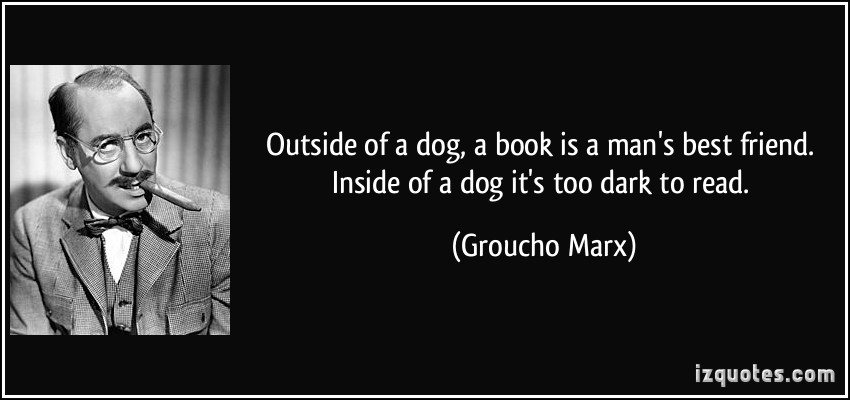But their appreciation for the power of propaganda preceded the war by several years.
 On Sept. 5, 2009, it will be 75 years since the Nazis gathered for the Nazi Party Congress in Nuremberg. It was an important event for rallying the faithful in person — but it also served as the basis for filmmaker Leni Riefenstahl's influential propaganda documentary, "Triumph of the Will."
On Sept. 5, 2009, it will be 75 years since the Nazis gathered for the Nazi Party Congress in Nuremberg. It was an important event for rallying the faithful in person — but it also served as the basis for filmmaker Leni Riefenstahl's influential propaganda documentary, "Triumph of the Will."Because of the role it played in the development of filmmaking techniques — such as the advanced use of telephoto lenses, aerial photography and moving cameras — "Triumph of the Will" earned a spot in film history.
It also played an important role in the rise of the Nazi Party. Hitler and the Nazis had come to power the year before and were still largely unknown to many Germans — and much of the world.
The film opened with a brief commentary written in German. Translated, it said: "20 years after the outbreak of the world war, 16 years after the beginning of our suffering, 19 months after the beginning of the German renaissance, Adolf Hitler flew again to Nuremberg to review the columns of his faithful followers."
From that point, the only written commentaries were merely the surnames of the speakers. That may have been helpful to many viewers, since most of Hitler's subordinates were hardly household names at the time.
Anyway, following the opening commentary, Riefenstahl's camera took the viewer into the clouds, aboard a 1934-era airplane, preparing to descend into Nuremberg.
In the film, Hitler emerged from the clouds, like Thor in his chariot. Once Hitler's airplane was on the ground, Riefenstahl's film crew captured his enthusiastic reception and his ride into the city from every possible angle.
Nuremberg in 1934 had all the zeal and piety of a religious revival.
Indeed, at the closing ceremony, Hitler compared the Nazi Party to a "religious order" while Riefenstahl's camera filmed from below, making Hitler look larger than life, almost godlike.
In the years that followed, Riefenstahl's film attracted full houses to movie theaters across Germany. The mood was altogether different a little more than 10 years later — when Germany had lost the war and the surviving leaders of the Third Reich were brought to Nuremberg to stand trial for "crimes against humanity."
But, in 1934, those days were still in the future.
That four-day gathering in September 1934 was filled with speeches from Hitler, Rudolf Hess, Joseph Goebbels, Julius Streicher and others, special rallies for the Labor Service and for the Hitler Youth, torchlight marches and music. It was all filmed in black and white, but it must have been quite a spectacle in color.
Riefenstahl was provided with everything she asked for and given access to anything and anyone she desired — pretty heady stuff for a 31-year-old actress directing her first documentary.
However, the film was lacking in some ways — by modern standards.
As advanced as it was in some of its techniques, the film used no transitional devices to indicate a shift from one day to the next.
For a film that sought to document a four-day event, that's a significant shortcoming. Unless the viewer was familiar with the itinerary, there was no way to tell if you were watching the Hitler Youth rally on the third day or the rally for the Labor Service on the second day — except through excerpts from speeches.
The only way to tell much chronologically was through natural light — or the absence of it. Day faded into night. And then a new day dawned in the film with little, if any, fanfare.
But the pomp and circumstance of the final day was hard to mistake.
The imagery was the most memorable, the music consisted of themes from Wagner's "Götterdämmerung," and Hitler, who shortly before laid a wreath at a World War I memorial, delivered a stirring concluding speech, in which he told the crowd, "All loyal Germans will become National Socialists. Only the best National Socialists are party comrades."
One of the primary propaganda purposes of the film, from Hitler's point of view, was to absolve himself and his associates from any guilt for the "Night of the Long Knives," a series of political executions carried out by the Nazis a couple of months earlier. Ernst Röhm, co-founder of the Nazi stormtroopers, was among those executed because he was perceived to be a rival to Hitler — something the Nazis wanted to obscure from public view.
"Only a lunatic or deliberate liar could think that I, or anybody, would ever intend to dissolve what we ourselves have built up over many long years," Hitler told his listeners.
Hitler must have sensed that the rally had achieved the party's objectives. In his closing speech, he told the crowd that the party "will be unchangeable in its doctrine, hard as steel in its organization, supple and adaptable in its tactics" — stating his intentions as clearly as he did in his book, "Mein Kampf."
After nearly three-quarters of a century, "Triumph of the Will" continues to cast a long shadow, influencing movies, commercials and modern documentaries.
But the questions it raised about the blurring of the line between artistic interpretation and integrity remain unanswered.








